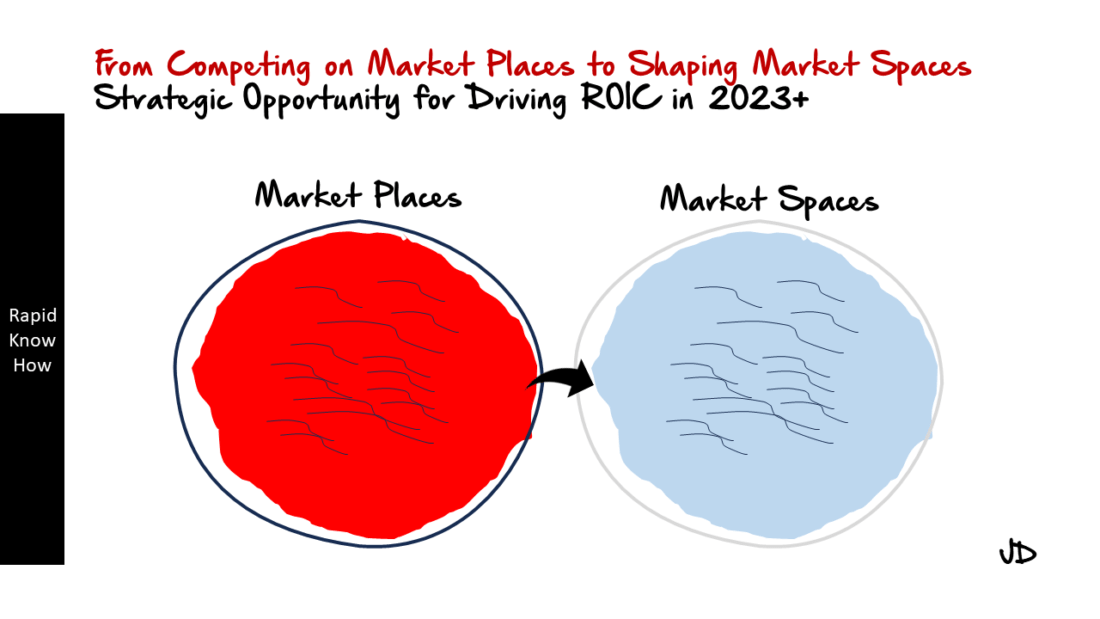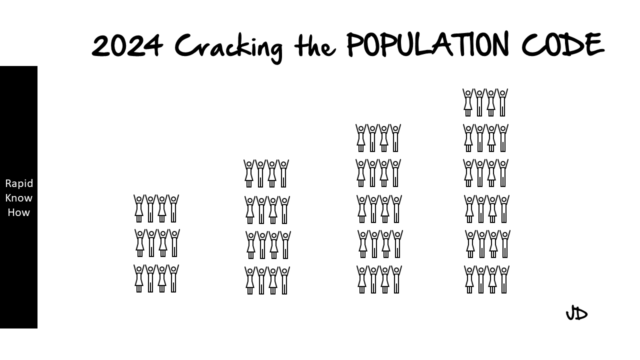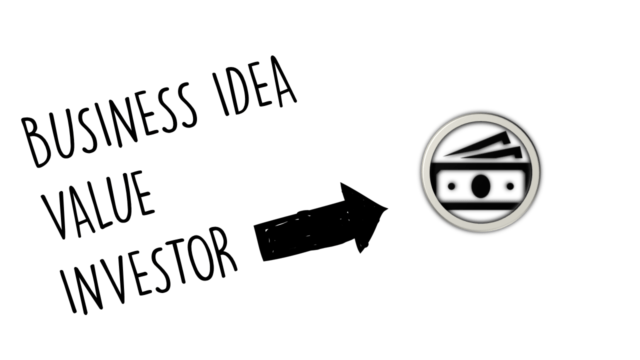Return on Invested Capital (ROIC) is a critical financial metric that measures the profitability and value-creating potential of a company. It is calculated by dividing the net operating profit after taxes by the total invested capital. ROIC is a key indicator of how effectively a company uses its capital to generate profits.
In the context of shaping market spaces, ROIC plays an instrumental role. Traditionally, businesses have competed in established marketplaces, vying for market share and customer loyalty. However, with the advent of digital technologies and changing consumer preferences, there has been a shift from competing in marketplaces to shaping market spaces.
Shaping market spaces involves creating new markets or transforming existing ones through innovative products, services, or business models. Companies that excel in shaping market spaces often achieve higher ROIC because they can set their own rules and standards, thereby gaining a competitive advantage.
The shift from shareholder value to stakeholder value also impacts ROIC. Traditionally, companies have focused on maximizing shareholder value – i.e., increasing stock prices and dividends. However, there is growing recognition that businesses also have responsibilities towards other stakeholders, including employees, customers, suppliers, communities, and the environment.
Companies that adopt a stakeholder value approach aim to balance the interests of all stakeholders. This can lead to more sustainable and inclusive growth, which can enhance ROIC in the long run. For instance, companies that invest in employee welfare can boost productivity and reduce turnover costs. Similarly, companies that prioritize environmental sustainability can reduce regulatory risks and tap into growing consumer demand for green products.
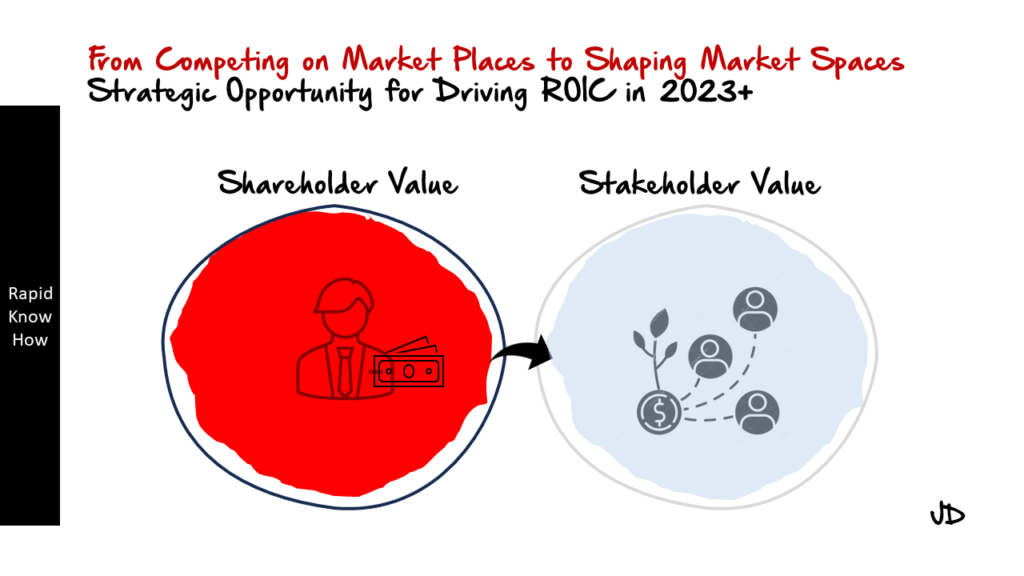
The shift from a competing mindset to a shaping mindset is another factor that influences ROIC. A competing mindset focuses on beating rivals by exploiting existing resources and capabilities. In contrast, a shaping mindset involves creating new opportunities by reshaping market boundaries and rules.
Companies with a shaping mindset often achieve higher ROIC because they can influence market trends and dynamics in their favor. They are proactive rather than reactive – they shape change rather than just respond to it.
The transition from marketplace competition to market space creation also impacts ROIC. In traditional marketplace competition, companies compete for a share of existing demand. However, in market space creation, companies create new demand by offering innovative products or services that redefine customer expectations.
Companies that excel in market space creation often achieve higher ROIC because they can capture more value from their innovations. They are not just competing on price but also on uniqueness and novelty.
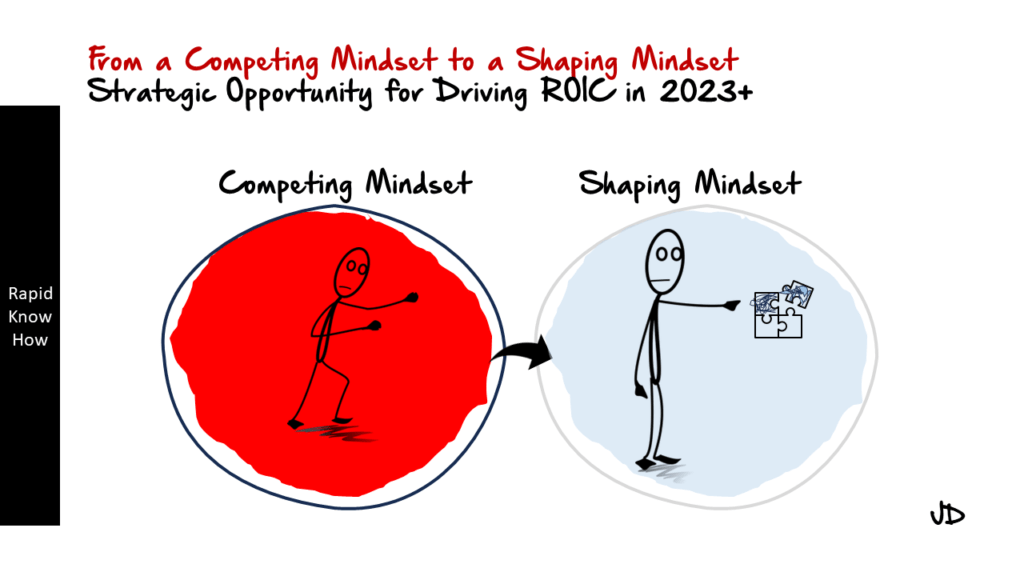
Finally, the shift from physical assets to virtual assets and from physical asset sales to intangible asset lending/sharing/renting/licensing affects ROIC as well. Physical assets like buildings and machinery require significant capital investment and can become obsolete over time.
In contrast, virtual assets like software and data require less capital investment and can generate ongoing revenue streams through licensing or subscription models. Similarly, intangible assets like brands and patents can be monetized through various methods without selling them outright.
Companies that leverage virtual and intangible assets effectively often achieve higher ROIC because they can generate more profits with less capital investment.
In conclusion, ROIC is not just a financial metric but also a strategic tool that reflects how well a company adapts to changing business landscapes. By embracing shifts such as shaping market spaces, stakeholder value orientation, shaping mindset, market space creation, and virtual/intangible asset utilization, companies can enhance their ROIC and create sustainable competitive advantages.

